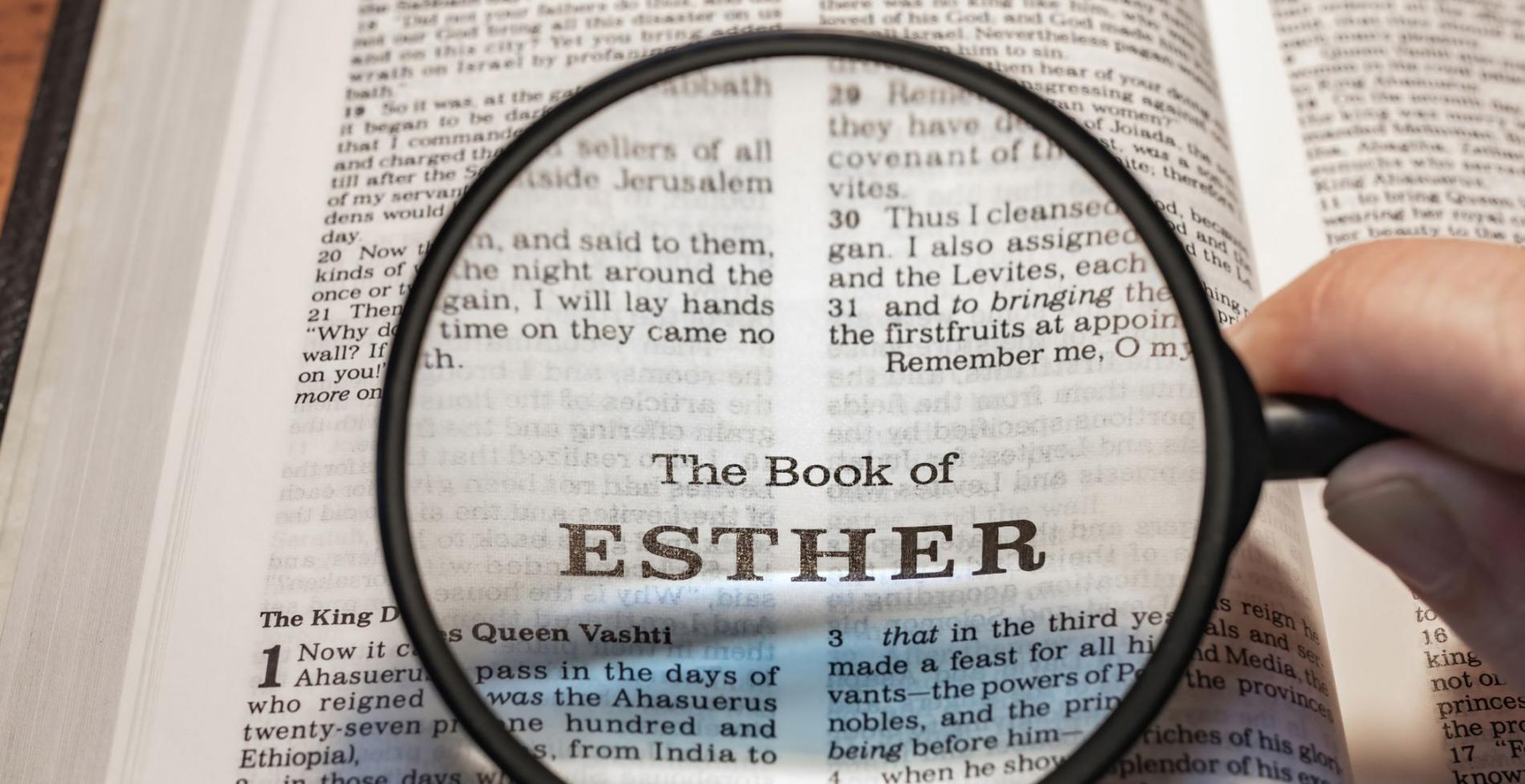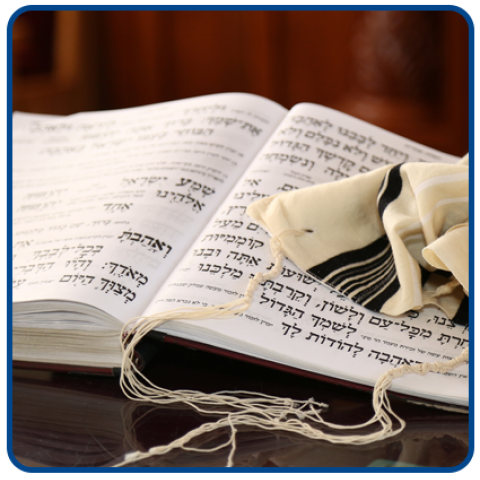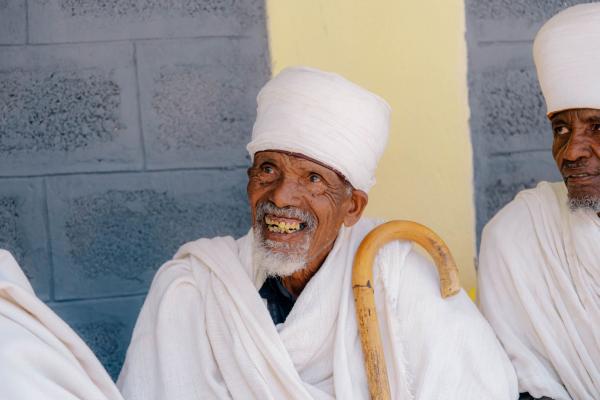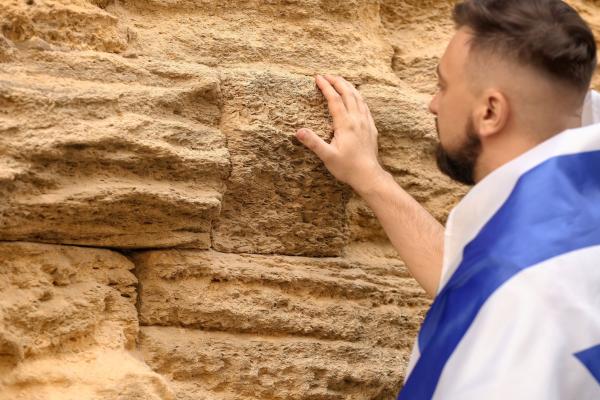The book of Esther recounts the events of the Jewish holiday of Purim. It’s the powerful story of God’s orchestration of events, people, and timing in the fifth century B.C.E. to rescue the Jewish people in ancient Persia from annihilation.
The Purim Story
After the first group of Jewish exiles returned to Israel from the Babylonian captivity, many Jewish people remained in the Persian Empire. During this time, King Ahasuerus sought a new queen, conscripting young women from across all 127 provinces of his kingdom. Among them was Esther, an orphaned Jewish maiden who had kept her Jewish identity hidden at the advice of her cousin and guardian, Mordecai.
The king chose Esther as his queen, but she learned her people were in danger. Haman, the king’s second in command, hated Mordecai for refusing to bow to him. Haman devised a plan to destroy not just Mordecai but all the Jewish people. He persuaded the king to seal an irrevocable decree and set a date for the massacre. God used Esther and Mordecai to overturn the plot, save their people, and bring great victory.
The Unseen Hand of God
Interestingly, the book of Esther doesn’t explicitly mention God, but His hand is undeniable throughout the story. We see His divine orchestration and intervention at every turn, encouraging us for the times in our own lives when we can’t see Him working. Consider the following:
Esther’s Journey to Queenship
Thousands of women from across the Persian Empire were likely conscripted as candidates for the prospective role of queen. Esther was among the many, yet she gained favor with the overseer, received his special attention and advice, and won the king’s heart. Ahasuerus chose her to be his queen at just the right time to fulfill her destiny.
Mordecai’s Critical Role
Mordecai overheard a plot to assassinate the king. He conveyed the information to Esther and saved the king’s life. Mordecai’s act was initially overlooked, but God used the delay to bring this trustworthy man to the king’s attention at the right moment to become an integral part of God’s plan to save the Jewish people.
Esther’s Courage and Wisdom
When Mordecai learned about Haman’s decree, he urged Esther to intervene, explaining that she may have become queen “for such a time as this” (Esther 4:14). Approaching the king uninvited could have cost her life, so Esther had Mordecai enlist all the Jewish people to fast for three days as she would also do. She boldly accepted her divine appointment.
Ahasuerus generously accepted Esther’s visit, and she followed through with an extraordinary plan. She invited the king and Haman to a banquet she had prepared. At the feast, she postponed her request, inviting the two men to a second banquet the following day.
Miracles of Timing
A sleepless night before Esther’s second banquet compelled King Ahasuerus to summon the records of his reign to be read to him. He learned that nothing had been done for the man Mordecai, who had saved him from assassination. At that exact moment, Haman approached the king’s chamber with plans to execute Mordecai. Instead, the king ordered Haman to immediately carry out a lavish public display honoring Mordecai for saving his life. With Mordecai’s loyalty and integrity fresh on his mind, the king went to Esther’s second banquet.
Esther’s Secret Proves Pivotal
At the feast, Esther shared her request, asking that her life and the lives of her people be spared from the threat against them. When Ahasuerus demanded to know who threatened his queen’s life, Esther exposed Haman, disclosing her Jewish identity at the perfect time. The king stormed out enraged and returned at the exact right moment to see Haman seemingly assaulting Esther as he begged for his life.
Mordecai’s Greater Reward
Haman was hanged for his treachery, and Mordecai received even more honor by receiving a position of authority in the king’s court. Ahasuerus charged Mordecai and Esther with doing whatever they saw fit to counteract the irrevocable decree, thus saving the Jewish people in Persia from certain destruction.
God’s Overseeing Hand
The word Purim means “lots.” Haman cast lots to determine the day of the Jewish massacre, but God ensured the date fell many months later, giving Esther and Mordecai time to act. Through God’s timing, the Jewish people were prepared to defend themselves and triumphed over their enemies.
Why Do We Celebrate Purim?
Purim is a story of God’s protection of the Jewish people and His divine orchestration of events for the good of His people and fulfillment of His purposes. It reveals His faithfulness to His promises and His unending love for His people. Today, Purim is celebrated on the 14th day of the Jewish month of Adar — the day intended for our destruction, which was turned to joy instead. Mordecai pronounced it a day of rejoicing and giving gifts to one another throughout our generations.
Lessons from Purim Today
Purim is far more than costume parties, feasts, and the reading of the Megillah (book of Esther). It is a reminder of the power of courage, faith, and God’s faithful activity in our lives. Purim shows us that we can trust that God continually works to bring about His good and perfect will in our lives — even when His hand isn’t apparent. When we trust Him, pray, and submit ourselves to Him — as Esther and Mordecai did — He can do mighty things for us and through us.
Think about the “coincidences” in your own life. How might the unseen hand of God be working in your life today? Reflecting on this question is a meaningful way to honor the spirit of Purim and the enduring story of Esther and Mordecai.












